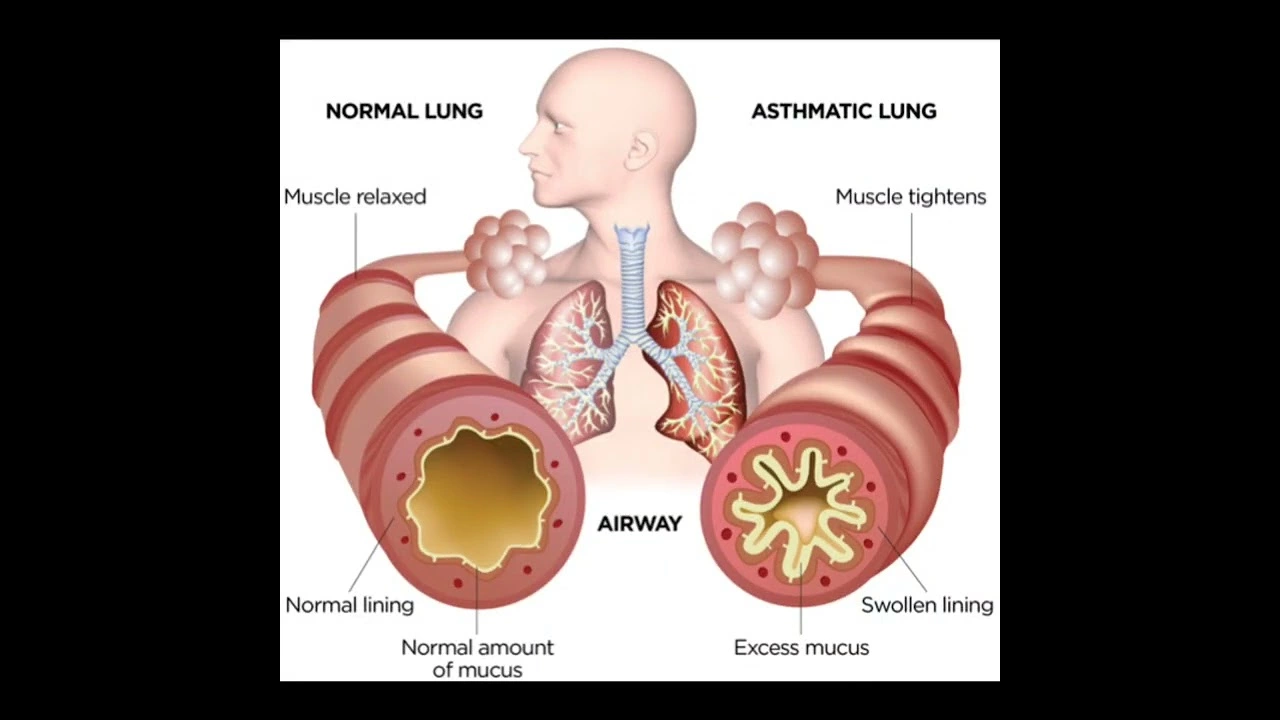Asthma: Clear, Practical Steps to Breathe Easier
If you have asthma, you want simple ways to feel better today and a plan for tomorrow. This page gives clear, actionable info on what inhalers do, how to spot trouble, everyday trigger control, and smart ways to cut costs on medicines like Proair or Symbicort. No fluff — just the facts you can use.
Know your medicines and how they work
There are two big groups of asthma meds: quick-relief and long-term control. Quick-relief inhalers (short-acting beta-agonists like Proair/Albuterol) open airways fast when you’re wheezing. Long-term controllers (inhaled corticosteroids, ICS) reduce inflammation so attacks happen less often. Some inhalers combine an ICS and a long-acting bronchodilator (LABA) — Symbicort is one example. If Symbicort doesn’t suit you, there are other combination inhalers and separate ICS + LABA options your doctor can suggest.
Using the right inhaler technique matters. Shake the inhaler if instructed, breathe out fully, seal your lips around the mouthpiece, press once and breathe in slowly, then hold your breath for about 10 seconds. Spacer devices help a lot, especially for kids and older adults.
Daily habits, triggers, and quick fixes
Track and avoid your triggers. Common triggers are dust mites, pet dander, smoke, cold air, exercise, and strong smells. Small wins add up: use a dust-mite mattress cover, wash bedding weekly in hot water, keep pets out of bedrooms, and avoid smoking areas. For exercise-induced symptoms, use your quick-relief inhaler 10–15 minutes before activity if your doctor recommends it.
Have a simple action plan. Know your green (good), yellow (call your doctor), and red (seek urgent care) zones. If your rescue inhaler stops working or you’re using it more than usual, treat that as a warning and contact your clinician. Severe signs like trouble speaking, blue lips, or fast breathing mean head to the ER now.
Want to save on meds? Compare prices, check patient assistance programs, and ask your pharmacist about generic options. Proair (albuterol) often has cheaper generics. For controllers like Symbicort, talk to your provider about other inhalers or manufacturer coupons. Online pharmacies can help, but pick reputable sources and confirm they require prescriptions.
If you still have frequent symptoms despite treatment, ask about advanced options. Biologic injections can help people with severe, allergic, or eosinophilic asthma. They’re not for everyone, but they can cut down attacks and steroid use for the right patients.
Manage asthma like a team sport: you, your doctor, and your pharmacist. Use your meds correctly, cut triggers where you can, and keep an action plan handy. Small changes often prevent big problems.
Bilastine and Asthma: Can It Help Manage Symptoms?
As a blogger, I recently came across the topic of Bilastine and its potential role in managing asthma symptoms. After thorough research, I discovered that Bilastine, an antihistamine, has shown promising results in reducing allergic reactions which could benefit those suffering from asthma. Preliminary studies suggest that it may help in controlling symptoms like wheezing, coughing, and shortness of breath. However, more research is needed to establish its effectiveness and safety for asthma patients. Until then, it's important to follow your doctor's advice and prescribed medications for managing asthma symptoms.

